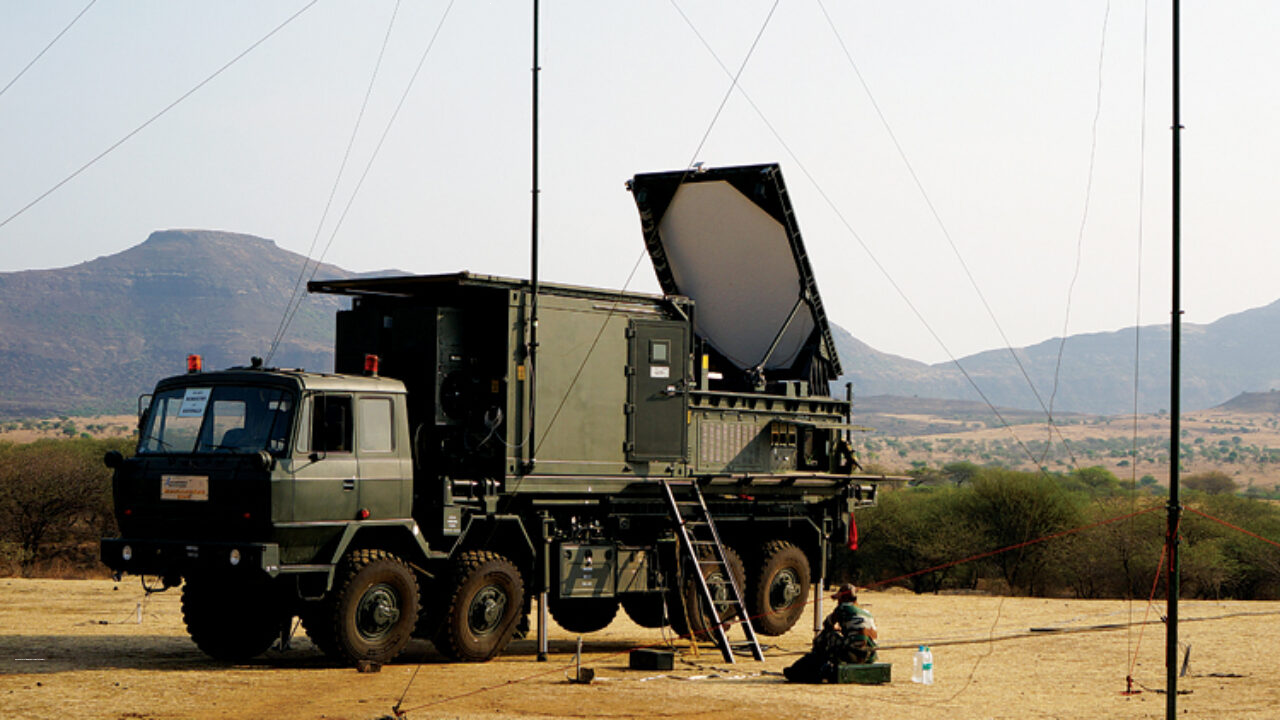SOURCE: IDRW.ORG

The Indian Army faces a critical gap in its artillery armory – a scarcity of Weapon Locating Radars (WLRs). With only 48 WLRs currently operational and another 12 on order, the force struggles to effectively counter enemy artillery fire.
This deficiency becomes especially concerning when considering the size of the Indian Army. It boasts 59 artillery brigades, each equipped with approximately 48-54 artillery pieces. By 2 025/26, the allotment aims to provide each brigade with just one WLR, leaving a significant portion vulnerable.
The problem is compounded by the fact that only 3% of India’s roughly 3200 tube artillery units are self-propelled. This low mobility makes it difficult for them to relocate swiftly after firing, increasing their exposure to counter-battery attacks.
This situation stands in stark contrast to India’s potential adversaries. Pakistan, for instance, enjoys a higher percentage of self-propelled artillery (25%), with this number expected to rise further with Chinese SH-15 deliveries.
The picture becomes even more concerning when compared to the People’s Liberation Army (PLA) of China. A staggering 83% of their tube artillery is self-propelled, offering greater mobility and survivability. Additionally, their standard artillery brigade structure incorporates more guns (72) and mortars, further amplifying their firepower.
The global standard for WLR deployment appears to be around 1-2 radars per battalion, which translates to roughly 1-2 per 18 guns. Both the US and China adhere to this approach, ensuring their artillery has a robust counter-battery capability.
India, with its current allocation of 1 WLR per 48-54 guns, falls considerably short of this benchmark. This lack of equipment poses a significant challenge to effectively detect and respond to enemy artillery fire.
Addressing this WLR gap is crucial for the Indian Army to enhance its artillery’s effectiveness. Increased mobility through self-propelled artillery acquisition should also be prioritized to create a more agile and responsive force. By bridging these gaps, India can ensure its artillery arm remains a potent deterrent against potential threats.
NOTE : Article cannot be reproduced without written permission of idrw.org in any form even for YouTube Videos to avoid Copy right strikes. Websites doing illegal reproductions will get DMCA and Legal Notices.